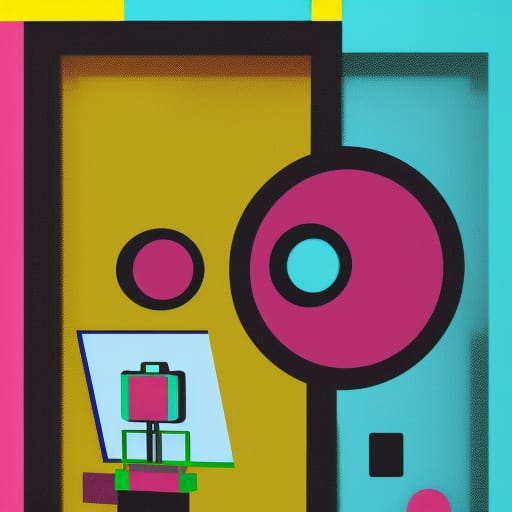Education has undergone a remarkable transformation in recent years, fueled by advancements in technology. Traditional teaching methods are gradually giving way to innovative approaches that engage students in more interactive and personalized learning experiences. One such approach that has gained significant traction is flipped learning. By leveraging technology, flipped learning is redefining classroom dynamics and empowering students to take control of their education.

Flipped learning flips the traditional classroom model on its head. In a conventional setting, students attend lectures in the classroom and then work on assignments or projects at home. However, with flipped learning, the instructional content is delivered outside of the classroom through pre-recorded videos, online modules, or other digital resources. Students can access these materials at their own pace and review them as many times as needed to grasp the concepts.
The real magic of flipped learning happens in the classroom. Instead of spending valuable class time passively listening to lectures, students engage in active learning activities, such as collaborative discussions, problem-solving exercises, and hands-on projects. This approach transforms the classroom into a dynamic learning environment where students become active participants in their education.
Technology plays a crucial role in enabling flipped learning. Online platforms, learning management systems, and educational apps provide the necessary infrastructure for delivering instructional content and facilitating interactive activities. Teachers can create and share multimedia resources, quizzes, and assessments, allowing students to engage with the material in a variety of ways. This technology also promotes communication and collaboration among students, fostering a sense of community within the classroom.
Flipped learning offers several benefits that enhance the educational experience. Firstly, it allows for personalized learning. Students have the flexibility to progress at their own pace and revisit challenging topics until they grasp them fully. This individualized approach caters to diverse learning styles and ensures that no student is left behind.

Secondly, flipped learning promotes active engagement. By shifting the lecture component outside the classroom, students arrive prepared and ready to actively participate in discussions and activities. This active engagement deepens their understanding of the subject matter and encourages critical thinking and problem-solving skills.
Furthermore, flipped learning cultivates student autonomy and responsibility. It empowers students to take ownership of their learning by providing them with the tools and resources to explore topics independently. They become self-directed learners, developing skills that are essential for lifelong learning and success beyond the classroom.
Another advantage of flipped learning is its ability to foster collaboration and peer learning. In a traditional classroom, students often work alone on assignments or projects. Flipped learning, however, encourages students to work collaboratively, engaging in group activities, discussions, and projects. This collaborative environment nurtures interpersonal skills, teamwork, and communication abilities, which are valuable in the professional world.

Despite its numerous benefits, flipped learning does present challenges. Teachers need to invest time and effort in creating high-quality instructional content and resources. They must also ensure that students have access to the necessary technology and support to navigate the digital platforms effectively. Moreover, flipped learning requires careful planning and organization to strike a balance between in-class activities and independent study.
To successfully implement flipped learning, it is crucial to provide professional development and support for teachers. They need training to effectively integrate technology into their instruction and develop strategies for managing the flipped classroom. Administrators and policymakers play a vital role in creating a supportive environment that encourages experimentation and innovation in teaching practices.
Flipped learning has the potential to revolutionize education by leveraging technology to transform classroom dynamics. It empowers students, promotes active learning, and cultivates essential skills for the 21st century. As technology continues to advance, it is imperative that educators embrace these innovative approaches to prepare students for the challenges and opportunities of the future. Flipped learning is not just a trend; it is a paradigm shift that holds immense promise in shaping the education landscape for years to come.
*This blog post was written with the assistance of artificial intelligence.